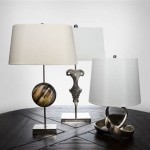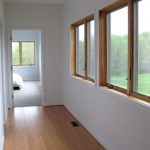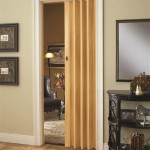Color for Interiors: Essential Aspects
Color plays a transformative role in interior design, shaping the ambiance and evoking emotions in the spaces we inhabit. Understanding its principles and nuances is crucial for creating interiors that are both aesthetically pleasing and functional. Here are some essential aspects of color for interiors:
The Color Wheel: A Guiding Tool
The color wheel is a fundamental tool in color theory. It organizes colors into a circular chart, with primary, secondary, and tertiary colors. Primary colors (red, yellow, blue) cannot be created by mixing other colors. Secondary colors (green, orange, violet) are formed by mixing two primary colors. Tertiary colors are created by mixing a primary and secondary color.
Color Harmony and Schemes
Color harmony refers to the pleasing combination of colors. There are several color schemes that designers use to achieve this, such as:
- Monochromatic: Shades of the same color
- Analogous: Colors adjacent to each other on the color wheel
- Complementary: Colors opposite each other on the color wheel
- Triadic: Three colors evenly spaced around the color wheel
Color Psychology: Impacts and Associations
Color has a profound impact on our emotions and behavior. Warm colors (reds, oranges, yellows) evoke feelings of warmth, energy, and excitement. Cool colors (blues, greens, violets) create a calming, soothing, and serene atmosphere. Understanding these associations can help designers create interiors that promote desired moods.
Light and Color Interaction
Natural and artificial light can significantly affect the appearance of colors. Natural light varies throughout the day, casting different hues at different times. Artificial light can emit specific spectrums that enhance or alter the perception of colors.
Color for Different Spaces and Functions
The choice of colors for an interior should consider the function of the space. For example, kitchens and dining rooms often use warm colors to stimulate appetite, while bedrooms typically favor cool colors for relaxation. Public spaces, such as lobbies and reception areas, may employ a combination of colors to create a welcoming and inviting atmosphere.
Conclusion
Color is an indispensable element of interior design, with the power to transform spaces and influence our well-being. By understanding the principles of the color wheel, color harmony, color psychology, light interaction, and the suitability of colors for different spaces, designers can create interiors that are both visually appealing and emotionally impactful.

Choosing Right Colors How To Use Psychology For Interior Design

The Psychology Of Colors In Interior Design Foyr

Choosing Right Colors How To Use Psychology For Interior Design

Choosing The Right Colours For Interior Design Of Your Home Fineline

Color Palette Interior Ideas Balance Bedroom Bedroomcolor Design Schemes

How To Use Colors In Interior Design
How To Add Color Your Home According Interior Designers

The Impact Of Color In Interior Design Interiors Remembered

Color Palette Living Room Interior Design Warm And Cozy Grey Yellow Bro Combination Schemes Colors

Choosing Right Colors How To Use Psychology For Interior Design








